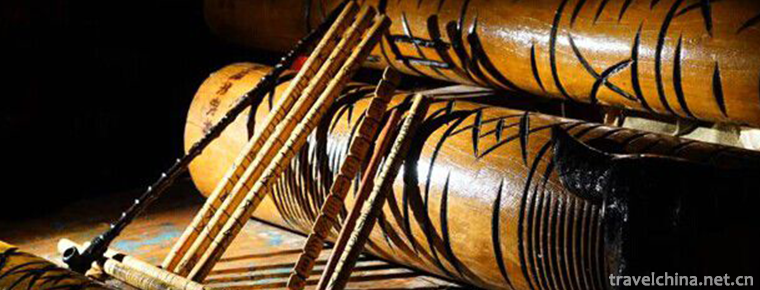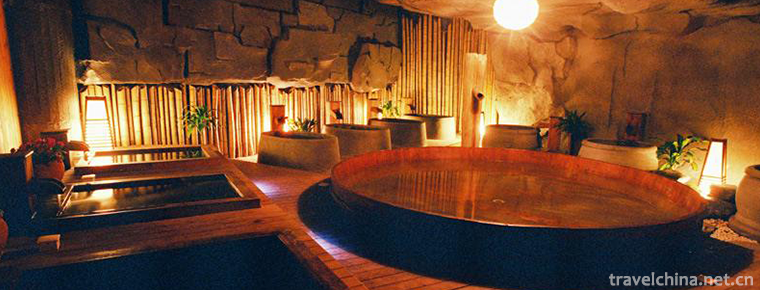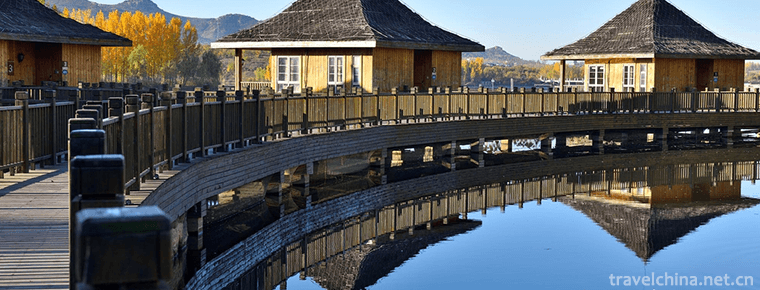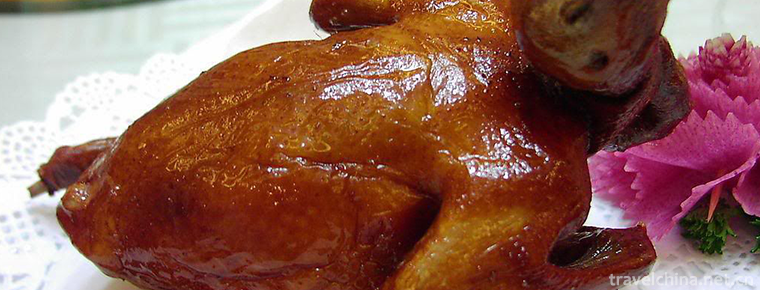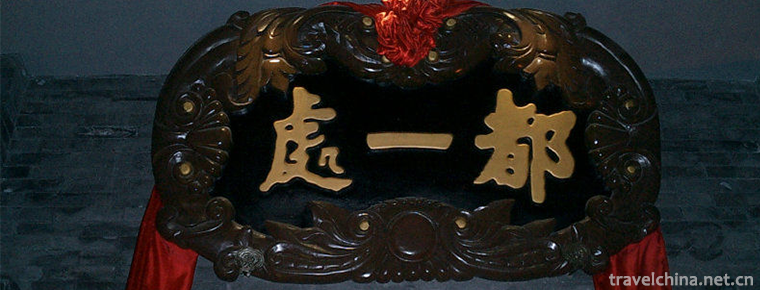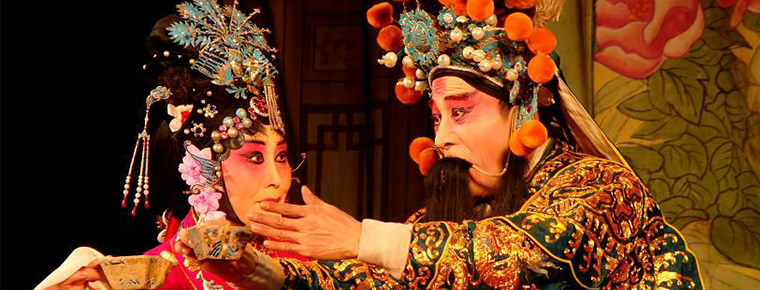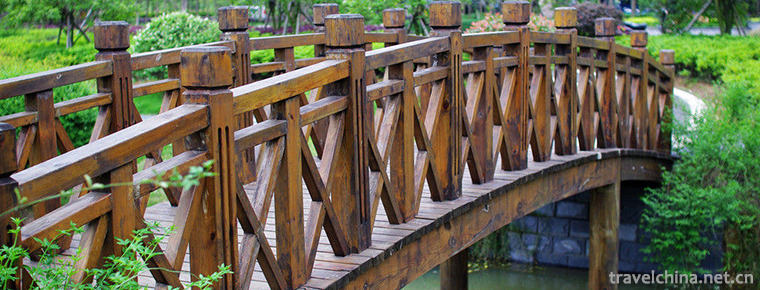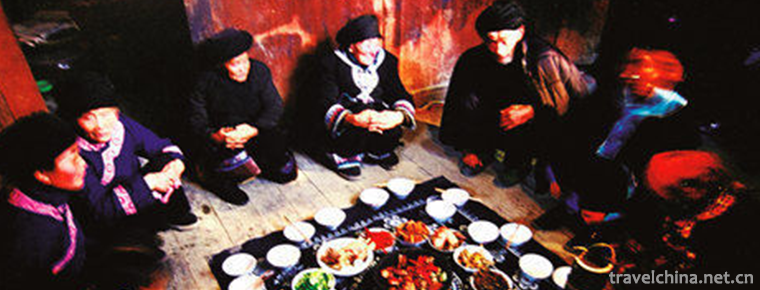Yangshan Ancient Town International Military Tourism Resort
Yangshan Ancient Town International Military Tourism Resort
Yangshan Ancient Town International Military Tourism Resort is located in Yangshan Town, Jinxiang County, Southwest Shandong Province. Yangshan Ancient Town International Military Tourist Resort is a scenic spot with rare geological and geomorphological landscape as its theme, landscape and stone forest landscape as its feature, beautiful natural environment as its backing, long history of human landscape and red tourism as its content, with a total planning area of 15 square kilometers. It is a tourist resort integrating red tourism, Buddhist culture, tombs of Han Dynasty, geological parks and ecological gardens. It has six scenic spots.
brief introduction
Yangshan Ancient Town International Military Tourist Resort is located in the old revolutionary area of Southwest Shandong Province. It is located in the northwest town of Jinxiang County, Shandong Province, which is famous for its garlic, honesty and longevity. Its predecessor was the Mausoleum of Yangshan Martyrs, which was built on the Yangshan Collection, the site of the Southwest Shandong Campaign. In 1947, Liu Bocheng and Deng Xiaoping led the Shanxi-Hebei-Shandong-Henan Field Army to break through the natural danger of the Yellow River and march into the southwest of Shandong Province, launching the famous campaign in southwest Shandong, in which the Yangshan Campaign was the most crucial and tragic battle in the campaign in southwest Shandong. The victory of the Southwest Shandong Campaign opened the way for the People's Liberation Army to march into the Central Plains and the Dabie Mountains, to lead the war to the Kuomintang-controlled areas, opened the prelude for the transformation of the Chinese People's Liberation Army from strategic defense to strategic offensive, and made the Chinese People's Liberation War a great turning point from then on, creating favorable conditions for the victory of the whole country. In 1952, in memory of the revolutionary martyrs who died bravely in the battle of Southwest Shandong, the Jinxiang County Committee and the county government built the Yangshan Martyrs Cemetery here. In 1997, the Yangshan Campaign Memorial Hall was renamed the Southwest Shandong Campaign Memorial Hall with the approval of the higher authorities. On this basis, in 2009, the Jinxiang County Committee and the county government fully integrated and utilized the abundant natural resources, profound historical culture and major revolutionary historical themes of Yangshan Mountain in accordance with the overall tourism development plan of Jining City during the 11th Five-Year Plan and the overall tourism development and construction plan of Jinxiang County, and made full efforts to build the international military tourism resort of Yangshan Ancient Town.
Structural planning
The newly planned Yangshan Ancient Town International Military Tourist Resort is a military tourist resort which meets the needs of mass experience sightseeing and leisure of middle and high-end groups, with landscape and ancient town as the landscape base, military tourism and cultural experience as the theme, and pastoral tourism, cultural exhibition, sports development and other activities. The overall plan covers an area of 15 square kilometers, with an estimated total investment of 2.24 billion yuan, and is divided into three phases of construction. Six functional zones are planned and constructed, including thematic cultural Memorial area, ancient town cultural experience area, campaign simulation area, expansion sports area, Geopark area and agricultural ecological leisure area. Five main tourist routes are built, including war military, thematic culture, ancient town folklore, sports development and pastoral leisure. Finally, it will be built into an international military theme tourism resort, a national red tourism destination, an ancient town culture and unique geological and geomorphological experience area in Jiangsu, Shandong, Henan and Anhui areas, a local cultural experience area in Southwest Shandong, a high-grade leisure residential area in Jinning and surrounding areas.
(1) Theme Cultural Memorial Area: Located in the middle of the scenic spot, with an area of about 0.62 square kilometers, it is developed and constructed on the basis of the Martyrs'Cemetery of Yuanyang Mountain. Mainly relying on the abundant red tourism resources in the region, we excavate and display military culture, Buddhist culture and Han culture. We mainly construct the Memorial Hall of the Southwest Shandong Campaign, the Jinxiang Military Culture Hall, the Wang Jie Memorial Hall, the Weapon Garden, and the restoration and reconstruction of Chongde Temple. We will vigorously develop red tourism and build a youth patriotic education base.
1. The Southwest Shandong Campaign Memorial Hall covers an area of 123 mu with a total building area of more than 6000 square meters. It is divided into two parts: the Southwest Shandong Campaign Exhibition Hall and the Southwest Shandong Campaign Panoramic Gallery. Using modern technology such as "sound, light and electricity", the whole process from Liu Deng's army rushing across the Yellow River to the battle of Southwest Shandong marked by the victory of the Yangshan Campaign was demonstrated. There are many precious historical photographs, telegrams, letters and other revolutionary cultural relics on display in the Memorial Hall of Southwest Shandong Campaign. Among them, Chairman Mao Zedong's personal telegrams to Liu and Deng Chiefs, Liu Bocheng's and Deng Xiaoping's group photographs after crossing the Yellow River, photographs on the way to the Dabie Mountains, and personal inscriptions of more than 50 veteran generals and leaders who participated in the Southwest Shandong Campaign, such as Chen Xilian and Li Desheng. As well as books, military history, albums, recordings, videos and other historical materials about the campaign in Southwest Shandong.
2. Jinxiang Military Culture Museum: It covers an area of 100 mu with a total building area of 4500 square meters. It mainly shows the major events and achievements of Jinxiang and Yangshan in the course of Chinese military history, so that tourists can understand the military and economic status of Jinxiang and Yangshan in the long history.
3. Wang Jie Memorial Hall: It covers 66 Mu and the main building area is 3000 square meters. It is built to commemorate Wang Jie, a good son and daughter of Jinxiang people and a great Communist fighter. Wang Jie Memorial Hall is a huge building with a total height of 16.8 meters and a length of 84 meters. The main building is supported by 48 pillars, which symbolizes the hero Wang Jie's moment of heroic sacrifice towards the explosion point. The exhibition in the museum is rich in contents, detailed in materials and novel in exhibits. Nearly 60 places are unpublished materials of Wang Jie's sacrifice for 45 years. There are many little-known historical materials in the exhibition hall, which are vivid and moving, and adopt a large number of high-tech exhibition means, and possess the level of the first-class exhibition hall in China.
4. Armament Garden: It covers an area of more than 30 mu. There are weapons and equipment such as DF-2 missile, T34 tank, An-26 transport aircraft, bomber-5 bomber, fighter fighter fighter fighter and so on. Follow-up weapons and equipment are being applied for.
(2) Cultural Experience Area of Ancient Town: Located in the southwest of the planning area, including the main body of Yangshan Ancient Town, covering an area of 1.58 square kilometers. It integrates the cultural experience of ancient towns and high-end residential areas. It mainly constructs two functional zones, namely, tourist trade zones and high-end residential areas. Utilizing the abundant heritage resources of the ancient town, displaying the long historical context, excavating the local folklore, restoring the ancient shops, handicraft workshops, etc., will bring visitors a new experience of looking for the ancient, feeling the history and understanding the folklore.
(3) Campaign simulation area: located in the northwest of the scenic area, covering an area of 3.09 square kilometers. The development and construction of 36 thematic parks, China War Park and World War Park fully demonstrate the profound connotation of the ancient military book "36 Strategies" compiled by Jinxiang General Tan Daoji of the Northern and Southern Dynasties. The famous international war cases and typical war cases in China's history are presented in different ways. According to different terrain, different CS combat simulation projects are carried out, which are divided into jungle warfare, mountain warfare, roadway warfare, tunnel warfare, water warfare and so on. Another model paradise, orientated treasure hunting, water jungle exploration and other activities. Through the participation and interaction of tourists, we can experience the wisdom of war and increase military knowledge.
(4) Expansion Sports Area: Located in the eastern part of the scenic area, it covers an area of 2.01 square kilometers. It is divided into two parts: military training center and quality development base. The main purpose is to use existing resources and sites to build militia training bases and carry out military training activities. In addition, according to the sustained growth of self-driving travel and the needs of citizens'fitness and outreach sports, we will develop and construct development projects such as orienteering, car camps, outdoor development camps, and karting experience.
(5) Geopark Area: Located in the western part of the scenic area, it covers an area of 0.76 square kilometers. In the Geopark, there are many scenic spots and facilities, such as Cao Gongting Pavilion, Landscape Bridge, Tourist Wharf, Huanshan Road, Huanshan Road, Huanshan Pedestrian Trestle Road and the longest Mopan Road in China. The mountain lake covers an area of more than 400 mu. The small and medium-sized islands scattered in the lake are interesting to the rocks on both sides of the Taiwan Strait, forming a wonderful landscape of rocky forests. Geopark is surrounded by a rare group of Han tombs in China, which is of great historical and archaeological value.
(6) Agricultural eco-leisure area: located in the northeast of the scenic area, covering an area of 1.52 square kilometers. Give full play to the resource advantages of the site, promote farming culture, display agricultural planting technology, experience rural life, taste local dishes, appreciate pastoral customs. Fruit and vegetable harvesting gardens, farm inns, water markets, leisure terminals will be built to give tourists a different experience of rural life .
Development history
As one of the "five major sectors" of Jinxiang County's economic and social development layout and the key construction projects of cities and counties, the scenic spot management committee was established in June 2009 to officially start the development and construction. At present, the main project of the first phase of the scenic spot project has entered the end-sweeping stage, which is about to be officially opened and operated. The second phase project has been started and some projects are being implemented. Up to now, the scenic spot has completed a total investment of 200 million yuan, greening area of more than 100,000 square meters, 15 kilometers of new roads. The Wangjie Memorial Hall has been fully completed and has the opening conditions. The renovation and exhibition of the Southwest Shandong Campaign Memorial Hall and Jinxiang Military Culture Hall are under intensive construction. They can be completed in April and meet the opening conditions. Guzhen District has completed the main construction of 16,000 square meters, which can be completed and opened in October. The main body of Chongde Temple Hall has been completed. Thirty-six theme parks and quality development bases are about to start construction.
Effect
With the acceleration of the development and construction of scenic spots, the scale of scenic spots is growing, the popularity and influence of scenic spots are increasing, and the role and status in patriotic education and revolutionary traditional education are becoming more and more prominent.
At present, the scenic spot has become an important window for the spiritual civilization construction in the southwest of Shandong Province, and is well-known for its red tourist attractions. Every year, more than 400,000 people come to visit and travel. During this year's Qingming Festival, the scenic spot is even more popular, the number of tourists has reached a new high, a total of more than 350,000 visitors, only on the day of Qingming Festival, the number of visitors has exceeded 200,000. It has played an important role in revolutionary education and ideological baptism for the broad masses of the people, especially the youth.
In 2009, the scenic spots were selected as "National Patriotic Education Base" and "National Defense Education Demonstration Base".
In 2010, it was selected as the second batch of "National Red Tourism Classic Scenic Spots" by the Ministry of Propaganda, the National Development and Reform Commission, the Ministry of Finance and the National Tourism Administration, and successfully passed the acceptance of the national AAAA-level tourist attractions.
In early 2011, scenic spots were included in "100 key projects of Shandong Province's service industry" and key construction projects of provinces and municipalities in 2011.
Recently, Jining Municipal Committee and Municipal Government have also been awarded "Ten Best Tourist Scenic Spots in Jining City".


-
Kedao
Kedao, the local traditional folk literature of Shibing County, Guizhou Province, is one of the national intangible cultural heritage..
Views: 267 Time 2018-12-15 -
Dongshan Lake Hot Spring Resort
Dongshan Lake Hot Spring Resort is the first national AAAA-level scenic spot in Chaozhou City. It is located in the Dongshan Lake scenic spot of Shaxi Town at the junction of Chaozhou.
Views: 137 Time 2018-12-19 -
Eco health Tourism Resort in Sishui Shandong Province
"Shandong Sishui Violent Eco-health Tourism Resort" is a pioneer in China, which combines superior ecological environment, long-standing health culture and modern leisure and vacation indust.
Views: 218 Time 2019-02-13 -
Eight treasures quail
Babao quail is a dish. Its main ingredient is pure quail, etc. Its ingredients are purple quail, lotus seed, etc. Its seasoning is peanut oil, salt, soy sauce and so on. It is made by deep-frying..
Views: 256 Time 2019-03-25 -
Duyi barley roasting technology
Duyi Maiguan was opened in 1738, the third year of Qianlong in Qing Dynasty. The entrepreneur's surname is Wang, and his native place is Shanxi. For the first time.
Views: 205 Time 2019-04-28 -
Huai tune Huai Diao
Huai Diao, also known as Huai Diao, also known as Zhanghe Old Diao, is one of the national intangible cultural heritage..
Views: 349 Time 2019-05-04 -
Traditional Building Techniques of Wood Arch Bridge
The traditional construction techniques of Chinese wooden arch bridges mainly include site selection, abutment construction, level measurement, arch erection, upper scissors seedling, instant leg erec.
Views: 217 Time 2019-06-06 -
Tujia Year
Tujia Year is an important and ancient festival of Tujia people in Xiangxi Tujia and Miao Autonomous Prefecture of Hunan Province. During the thousands of years of historical development, some relativ.
Views: 165 Time 2019-06-23 -
Brewing Techniques of Zhenjiang Hengshun Fragrant Vinegar
Zhenjiang Hengshun aromatic vinegar brewing technology production chooses high-quality glutinous rice produced in the "land of fish and rice" as raw material, using solid-state layered ferme.
Views: 103 Time 2019-07-25 -
Beijing Institute Of Petrochemical Technology
Beijing Petrochemical College was founded in 1978. It was developed from the Second Branch of Beijing Chemical College and Beijing Petrochemical College. It became more famous in 1992 and was transfer.
Views: 387 Time 2019-09-06 -
Guangyuan primary industry
In 2018, the annual grain sown area in Guangyuan City was 311300 hectares, down 0.5% from the previous year. The total grain output was 1.5641 million tons, down 0.4%. Among them, the grain output in spring decreased by 0.7% to 384900 tons, and that .
Views: 363 Time 2020-12-15 -
Historical evolution of Meishan
The establishment of Meishan government began in the third year of Jianwu (496) of the Southern Qi Dynasty. Qitongzuo county was built in the south of Wuyang County, Qianwei county. In the ordinary period of Nanliang (520-527), qitongzuo county was renamed as Qitong County, and Qitong county was established with the same county..
Views: 278 Time 2020-12-18
